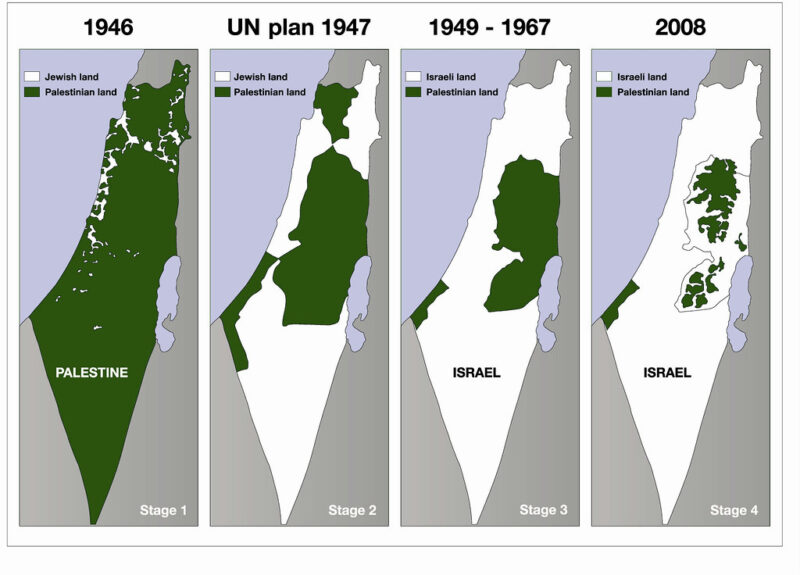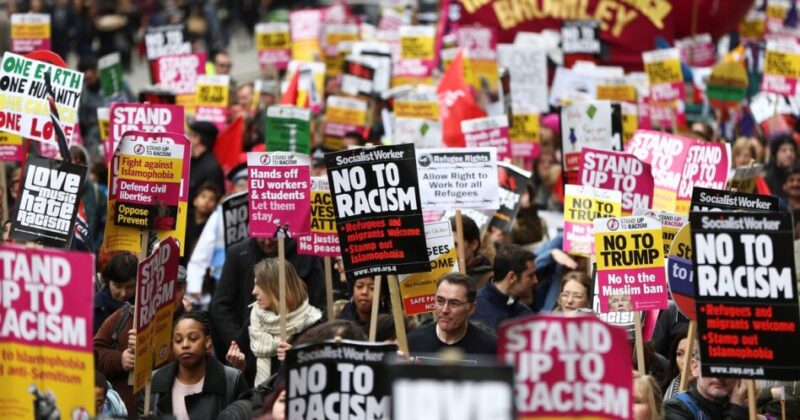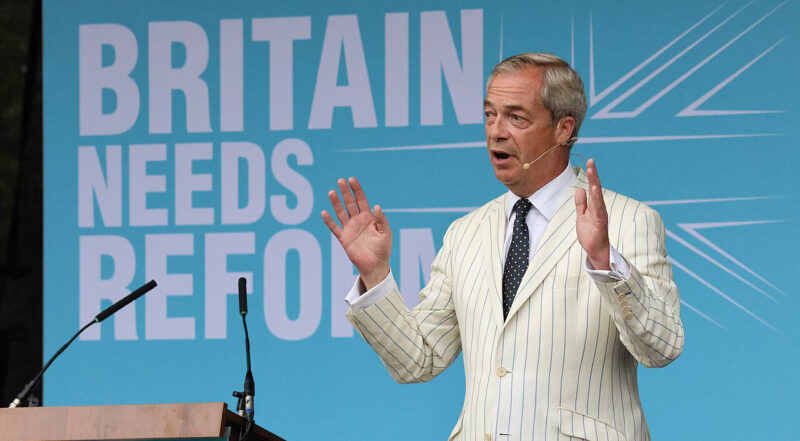Global occupation movement sets up camp on steps of St Paul’s in London
 Up to 5,000 people rallied to the call to occupy the London Stock Exchange last Saturday. Although police blocked an early attempt to enter the precincts of the temple of Mammon, we quickly settled in around nearby St Paul’s Cathedral. Three days later, a core group of around 250 campers have organised food, shelter and general assemblies, as they plan to stay for as long as it takes. Jeremy Dewar reports
Up to 5,000 people rallied to the call to occupy the London Stock Exchange last Saturday. Although police blocked an early attempt to enter the precincts of the temple of Mammon, we quickly settled in around nearby St Paul’s Cathedral. Three days later, a core group of around 250 campers have organised food, shelter and general assemblies, as they plan to stay for as long as it takes. Jeremy Dewar reports
The occupation is part of a global movement to protest against austerity cuts, bank bailouts and mass unemployment, initially inspired by the Arab revolutions where young people gathered in central squares until, aided by general strikes, they forced out the dictators. Spanish, Greek and US youth copied the tactic, occupying Plaza del Sol, Syntagma Square and Zuccotti Park near Wall Street. On Saturday 15 October, the movement went global (see here for world report).
The protest here in London started faced an initial setback as police blocked our attempt to camp in Paternoster Square right outside the Stock Exchange. As we tried to find a way in from the opposite side, again we were frustrated, though we did block the road for about an hour. At this point, police seemed to get quite heavy, briefly kettling sections of the crowd and threatening newcomers that they may not be allowed to leave.
However, by this stage, the sheer size of the demonstration plus the fact that the Cathedral steps provided a natural stage for the assembly (and the extraordinary good weather!) combined to relieve tensions. We had succeeded! Insofar as the initial intention was to gather a critical mass of people to make an occupation viable, we had clearly gathered sufficient support.
The assembly itself had an element of the surreal as, despite having an adequate sound system, organisers insisted on getting a group of people to “amplify” the speakers by repeating their phrases in unison. This is how it is done in New York but there megaphones and any loudspeaker system are illegal. This made the 2-3 minute speeches even more disjointed and bitty, as did the fact that there was no agenda and no obvious direction as yet to the occupation.
The first democratic decision was a “vote” on whether Julian Assange should speak. There was some dissent – on a mixed grounds: he’s a self-publicist, an alleged rapist, we shouldn’t have “leaders” – but the overwhelming majority rightly wanted to hear everyone who had something to say. His message was one of solidarity and a vision of a society where the individual, not corporate or state interests were paramount. (Hearing the phrase “We are all individuals” repeated by dozens of “amplifiers” was a scene straight out of The Life Of Brian.)
Now that the camp has settled in, there are over 100 tents in the public space between St Paul’s and the Stock Exchange. The protest easily survived its first eviction attempt, when police claimed they had to move to make way for Sunday’s worshippers at 10am. Cannon Giles Fraser, however, intervened to say the protesters were welcome to stay but that he would like the line of police at the top of the steps to disappear! The guardians of law and order had to beat retreat.
The occupation has taken on many of the features of the New York camp. A library and a “university” have been established where volunteers can come and deliver lectures as well as a media centre. (I heard a man give a lecture on dialectical materialism with, among the audience, two coppers listening intently!) People want to talk about the cuts and strikes, but are equally concerned and eager to hear about what’s happening in Egypt and Syria.
General assemblies at 7.00pm every night discuss practical matters, political statements and everything in between, with all decisions taken by consensus. It certainly feels and looks like the anticapitalist movement of ten years earlier.
But this is not 2001. We are in the midst of capitalism’s longest recession/depression since the Second World War. Many, the majority probably, are new to the movement and remarkably open to new ideas. Many are people under threat from the savage cuts being forced through by the bankers’ Coalition. There are park rangers, social workers, students and people on the dole. Most are in their 20s.
Socialists are made welcome and so are our ideas. The Initial Statement of the camp rejects all cuts, lays the blame for the crisis squarely with the banks and the system, and supports the student march on the City planned for 9 November and the strikes on 30th November. When I suggested that the camp send people to support the electricians’ attempt to shut down the Balfour Beatty construction site at nearby Blackfriars Station, they not only agreed, they had already organised it.
Here we have a very significant movement: the democracy and militancy of the students’ movement, joining up with a resurgent trade union movement and a rebirth of rank and file actions. Of course there are utopian ideas about creating an island of democracy in a sea of capitalism and illusions in the police remaining peaceful. But the potential for a real uplift for the whole movement against austerity cuts and privatisation and for a democratic, anticapitalist political alternative exists. As the camp declares in its statement, “This is what democracy looks like. Come and join us!”






